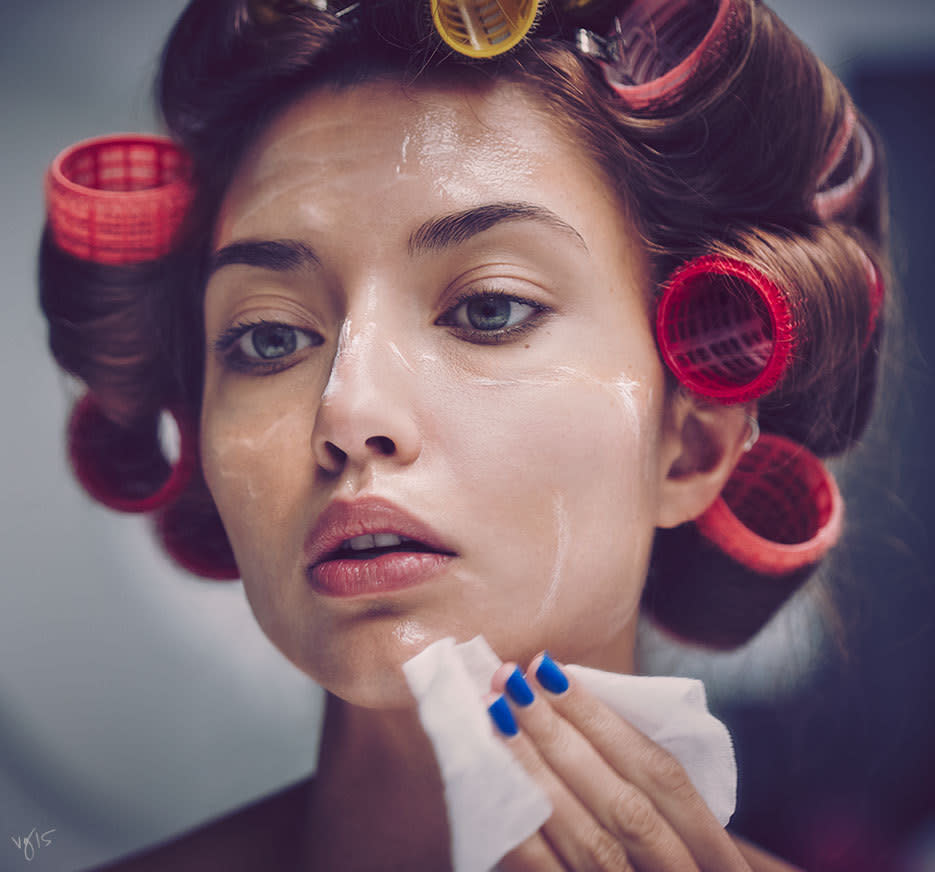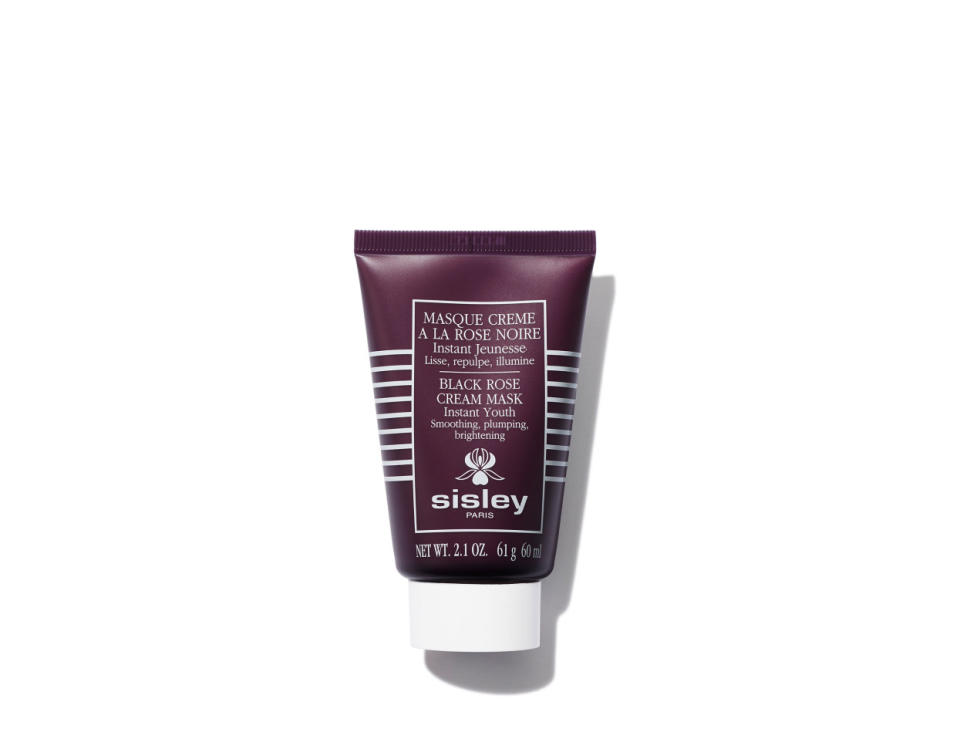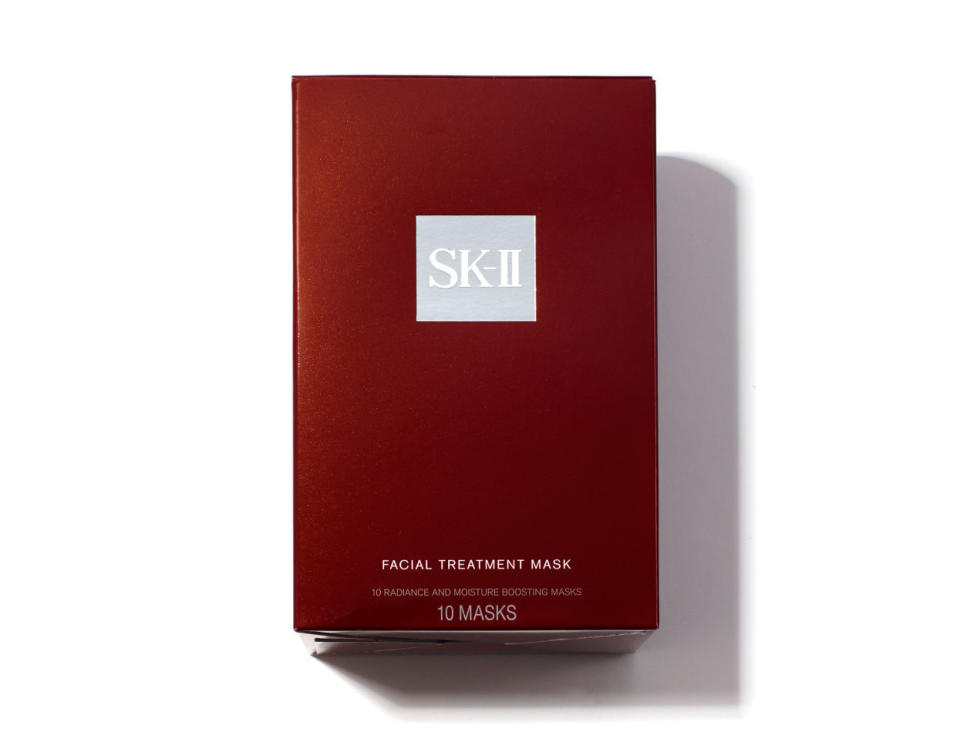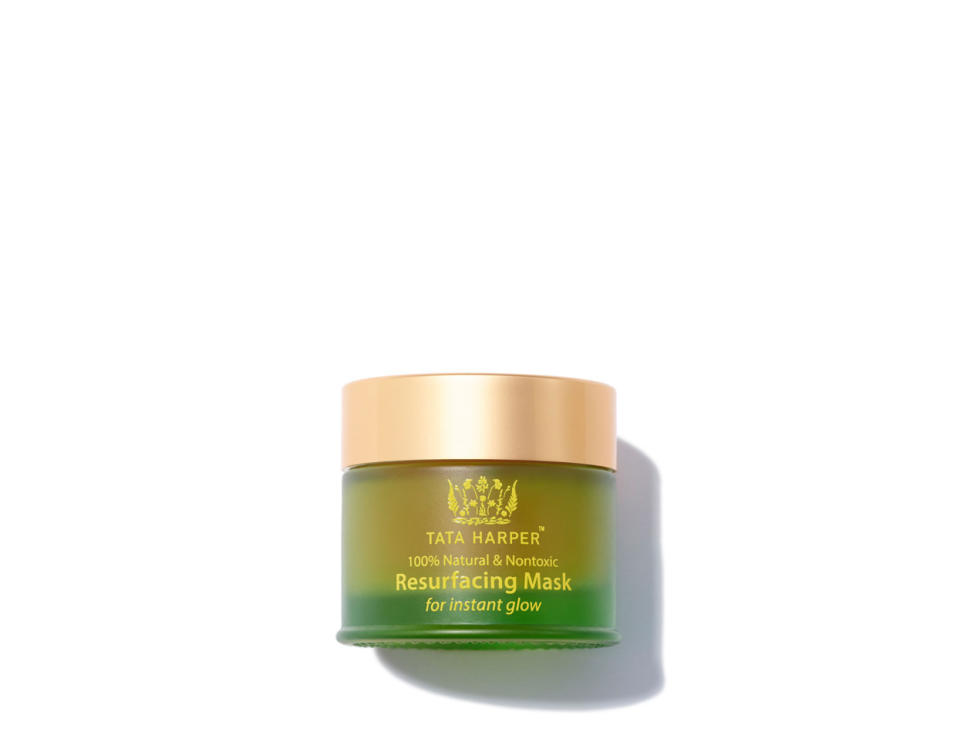Secrets of Masking
BEAUTY LESSONS: SECRETS OF MASKING
From detoxifying to moisturizing and back again: how to find the mask that fits your face.
Written By JAYME CYK

Masks are the secret to great skin, and now, thanks to Instagram, the stuff memes are made of. Exhibit A: One of Karlie Kloss’s selfies, in which the model luxuriates in a moisture mask, racked up nearly 70,000 likes. Whether instantly hydrating skin or detoxifying the lymphatic system, masks have become an essential component of every solid skin-care routine. But figuring out what type to use—and when—can be an even greater conundrum than deciding what filter to use on your spa selfie. Here, celebrity makeup artist Pati Dubroff and New York aesthetician Joanna Vargas explain the ins and outs of choosing—and maximizing—your masks.

Think of a mask like an antibiotic: If you want results, don’t miss your scheduled dose. “Masks can be an excellent way of writing your own prescription for your skin,” explains Vargas. “It’s a good idea to use a mask once a week so you have more control of what’s happening between facials.” And every mask acts like a different prescription, fulfilling a specific remedial function such as hydration, anti-aging, or detoxification.

The Sheet Mask
For hydration and anti-aging properties, Vargas highly recommends sheet masks, which are infused with stem cells, hyaluronic acid, or vitamin E. “[Sheet masks] sit on the face for twenty minutes, and during that time all the serum on the sheet is soaked into your skin,” she says, adding that these types of masks can penetrate deep into the tissue. Dubroff prefers the silicone versions to the paper ones. “I was told that [paper sheet masks] will dry out the skin if you keep them on too long,” she says, “which is why a lot of the new masks coming out Asia are that silicone texture.”
The Clay Mask
“One of the benefits of using clay is that it literally sucks things out of your pores,” says Vargas. “Clays tend to have minerals that stimulate the lymphatic system, which is responsible for carrying away weight. Also, they de-puff and remove anything that seems dull or lifeless.” A word of caution: Clay masks have the ability to dry out skin, too. “It’s really important to understand what type of skin you have,” notes Vargas. “You have to keep observing it so you know what your skin is doing. Some clay masks can be detoxifying for people who aren’t oily and just feel like they need a deep cleanse, but traditionally clay is more of a purifying treatment for an oilier skin type. ”
The Moisturizing Mask
To calm and hydrate skin, a creamy, vitamin-infused textured mask should be a top priority. “Cream masks often have Shea butter, avocado oils, and elements with a lot of fatty acids,” says Vargas, who uses such rich consistencies during facials to brighten dull skin. “They can also have arnica for soothing the skin, or hyaluronic acid for hydrating.”
The Overnight Mask
“[Sleeping masks] are really for skin that needs a big boost of hydration,” says Dubroff. “There’s a little controversy there because sometimes those masks can be a little too heavy and the skin can get a bit suffocated.” She turns to sleeping masks only when the air is really dry. Vargas, on the other hand, says that sleeping masks are among her go-tos. “When you put on a sleeping mask or do some treatments overnight, you’re maximizing your body’s repair cycle. A lot of my clients use my exfoliating mask overnight because it has a little bit of clay to get out impurities, but also has anti-inflammatory properties to flatten breakouts while you sleep. When you wake up the next morning you have a nice clean palette on which to apply your makeup. But if you break out more, be careful with using a cream mask at all. It might react poorly with your skin.”

Although Vargas doesn’t recommend layering one mask on the top of the other, she is a fan of mixing them. “For someone who wants to be hydrated but has sensitive skin, you can add a little bit of an arnica-based mask into your clay mask,” she notes. “I would mix it in a bowl and then spread it onto my skin with a brush. Just be mindful of your skin type.” Dubroff doesn’t layer or mix masks, but instead uses a concealer brush for precision in order to paint specific formulations on different areas of the face. “It’s more about approaching a mask in target zones as opposed to layering them,” she says. “I use a mask for congested skin most likely on the nose, maybe on the forehead, wherever it’s needed. I love the Sisley Eye Contour Mask, and if the rest of the face needs some sort of a hydration boost, I use a plumping, hydrating radiance mask.”

Do…
1. Mix different creamy textures to create the ultimate multitasking mask.
2. Use a sleeping mask to repair skin overnight and create a clean palette for morning makeup.
3. Don an eye mask after a couple of glasses of wine to prevent morning-after puffiness.
Don’t…
1. Layer one mask on top of the other.
2. Use a clay mask on dry skin.
3. Leave a sheet mask on for longer than 20 minutes.
MUST HAVE MASKS



Learn the do’s and dont’s of masking and more at VIOLETGREY.COM

